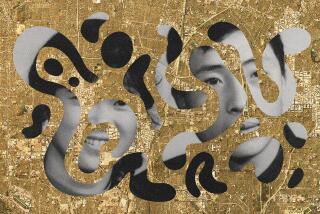Riots’ Effects in Koreatown
* I was disappointed by “Riots’ Effects Are Still Smoldering in Koreatown” (April 29). The article’s overemphasis on the generation gap among Korean Americans suggested that the main reason first-generation merchants did not recover was due to miscommunication with the “1.5” and second generations. Hundreds of younger Korean Americans began working for their communities as a direct result of the civil unrest. We need to recognize their contributions and encourage their involvement. And to truly understand the problems of the first-generation Korean American merchant, we must dig wider and deeper, for the problems persist and the solutions lie far outside this population.
We must recognize the economically and racially diverse population that suffered during the civil unrest. Considering the fact that more than 70% of Korean Americans in Los Angeles are wage earners rather than business owners and that Koreatown is also home to Latino, African American and other Asian American merchants and workers, Korean American merchants were not the only ones left without a means to make a living.
Furthermore, we must acknowledge that the problems did not begin on April 29, 1992, nor will they end by simply rebuilding what was there. By understanding the systemic problems that have plagued pre- and post-civil-unrest Koreatown, we can also understand what it will take for not only Koreatown but Los Angeles to recover and thrive: inner-city economic investments that create sustainable jobs with livable wages; political leadership on race relations; and more sensitive and responsive government agencies.
YOUNG IM YOO
Los Angeles
More to Read
Sign up for Essential California
The most important California stories and recommendations in your inbox every morning.
You may occasionally receive promotional content from the Los Angeles Times.










